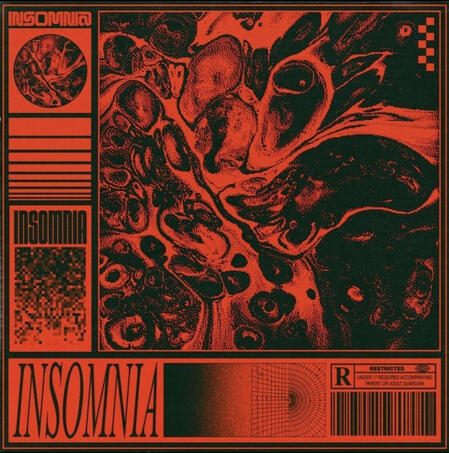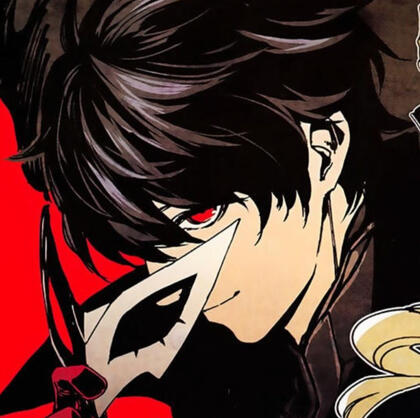SINGAPORE
City in the Garden
By: Carissa, Kiara, Fuh yui
As you may know, Singapore is a country in South-east Asia (SEA), off the southern
tip of the Malay Peninsula. The city-state has grown popularity throughout the years,
but have you ever wondered about the history of such place?
Well, come find out the backstory of this wonderful country right here!
HISTORY
Between the 16th and 19th centuries, the Malay Archipelago was gradually taken over by the European colonial powers, beginning with the arrival of the Portuguese at Malacca in 1509.
____________________________
The early dominance of the Portuguese was challenged during the 17th century by the Dutch, who came to control most of the ports in the region.

Raffles arrived in Singapore on 28 January 1819, and soon recognised the island as a natural choice for the new port. It lay at the southern tip of the Malay peninsula, near the Straits of Malacca.
____________________________
Raffles found a small Malay settlement at the mouth of the Singapore River, with an estimated population of about 150 that consisted of around 120 Malays and 30 Chinese.
The success of Singapore's economy is driven by its industry, population and labour force and the country has become one of the world's richest countries over the years. In the 1960s, its economy actually became the most prosperous in the world, despite a lack of natural resources for export and a small population.
_______________________________________



CURRENT STATE
The success of Singapore's economy is driven by its industry, population and labour force and the country has become one of the world's richest countries over the years. In the 1960s, its economy actually became the most prosperous in the world, despite a lack of natural resources for export and a small population.
One fact about Singapore history is that the country was forgotten for nearly two centuries after the Portuguese destroyed it in the 1600s. It was rediscovered during the colonialization era by Britisher Sir Thomas Stamford Raffles, who turned it into a port city. In fact, Sentosa Island was a military base and a prison camp before it became the popular tourist destination that it is today



Singapore is known for its Asian cultural diversity, and when you combine that with the country’s British colonial era, you can guess that the country’s population speaks English, Chinese, Malay, and Tamil. However, the locals have developed their own version of English, which they proudly call Singlish. This dialect is widely spoken in Singapore, with many words making their way into the Oxford dictionary.
Even though English might not be the main language of Singapore, it still is quite significant towards the country. Some Singaporeans have lived their whole life not knowing how to speak Chinese, believe it or not. In my opinion; Singapore wouldn't be the same without English being spoken.

